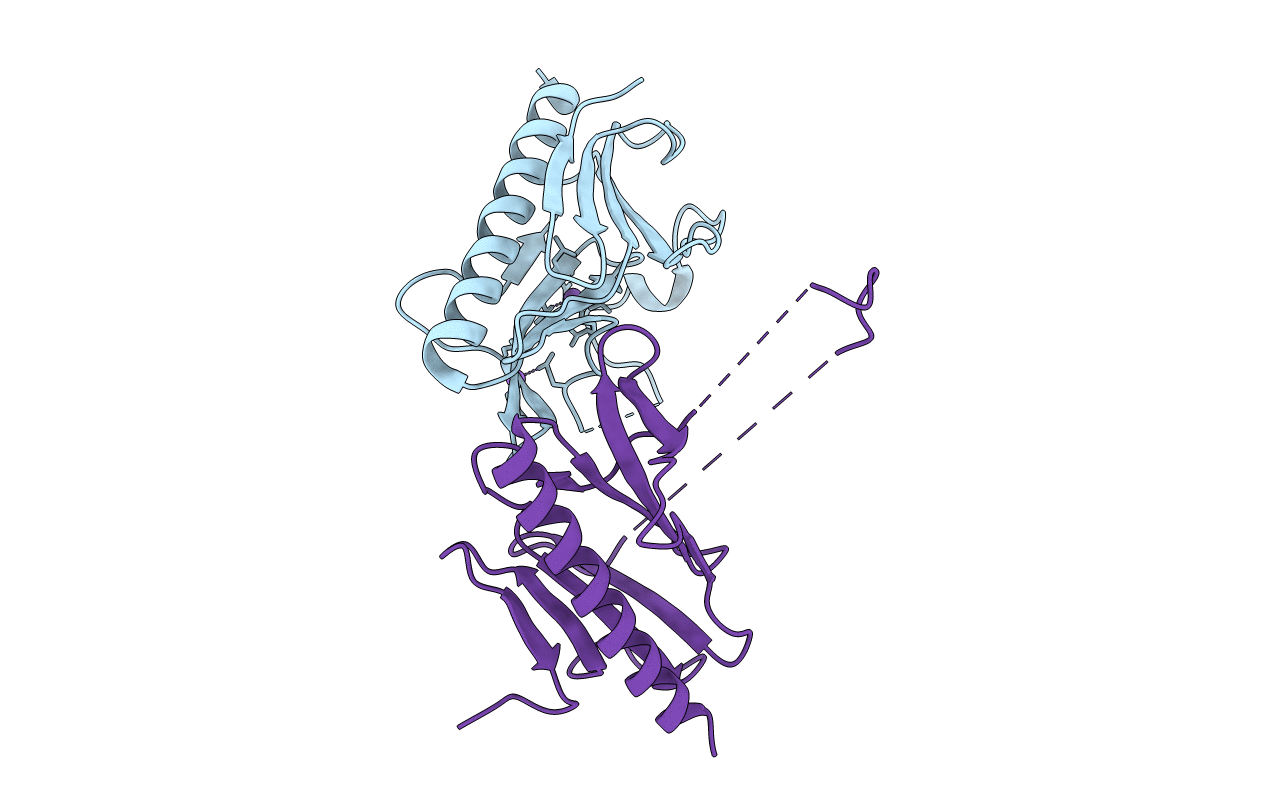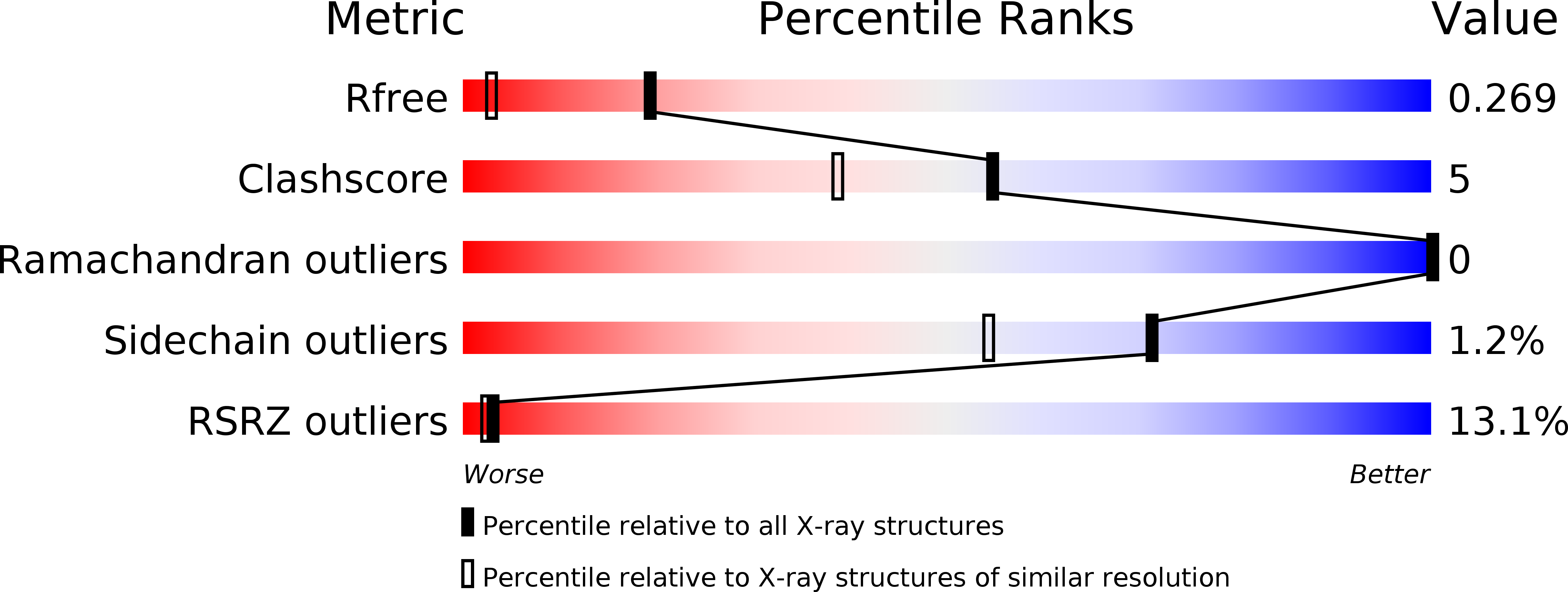
Deposition Date
2012-02-15
Release Date
2013-03-13
Last Version Date
2024-02-28
Entry Detail
PDB ID:
4DQ9
Keywords:
Title:
Crystal structure of the minor pseudopilin EPSH from the type II secretion system of Vibrio cholerae
Biological Source:
Source Organism:
Vibrio cholerae (Taxon ID: 666)
Host Organism:
Method Details:
Experimental Method:
Resolution:
1.59 Å
R-Value Free:
0.24
R-Value Work:
0.20
R-Value Observed:
0.20
Space Group:
P 21 21 21


